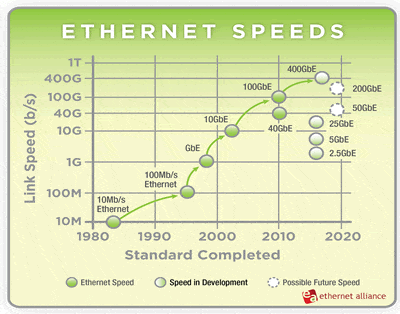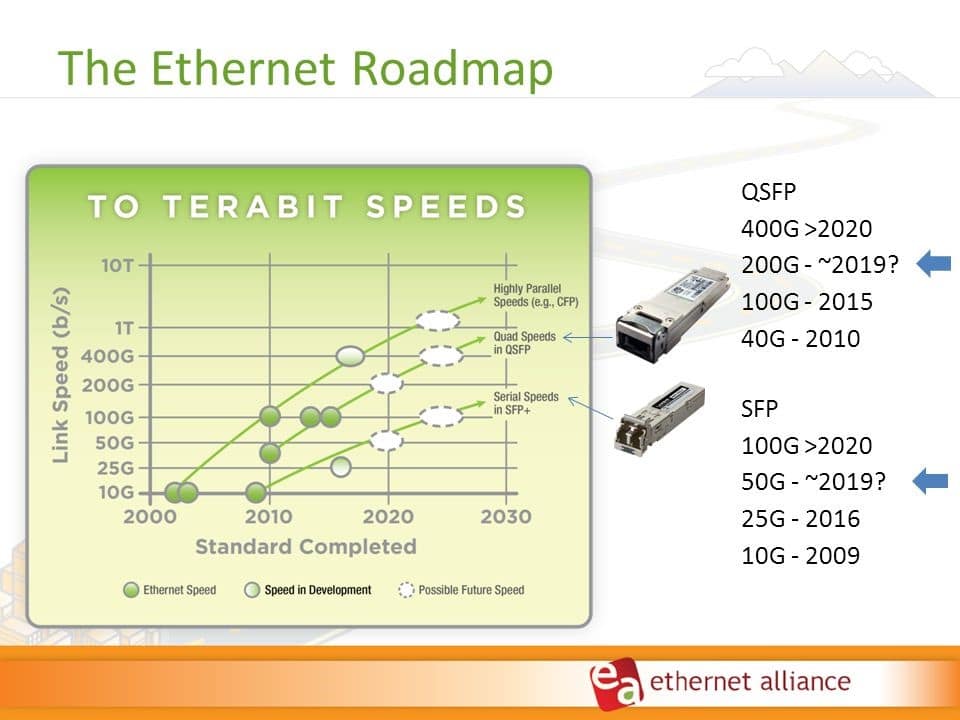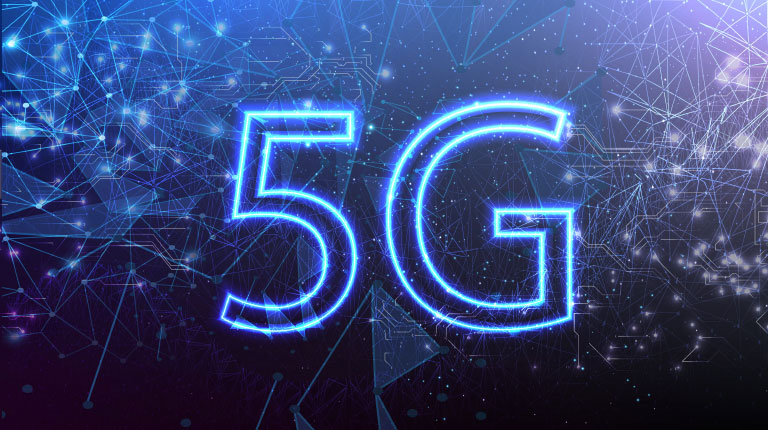As Communications Service Providers (CSPs) worldwide scale up the deployments of their 5G networks, they face strong pressure to optimize their Return on Investment (RoI), given the massive expenses they already incurred to acquire spectrum as well as the ongoing costs of infrastructure rollouts.
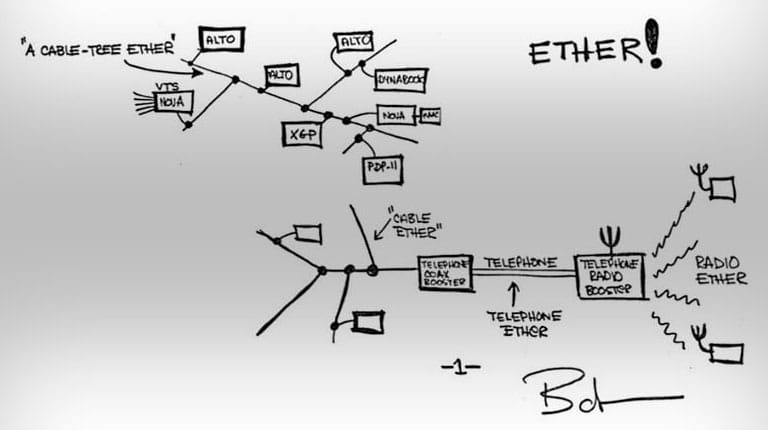
History of Ethernet – New “Rules” and The Ongoing Evolution
THE HISTORY
When Bob Metcalfe pitched his “Ethernet” vision (Figure 1) back in 1972 during his employment at PARC Xerox, I am sure that he, despite his visionary mind set, had no idea of what he had started and where it would lead.
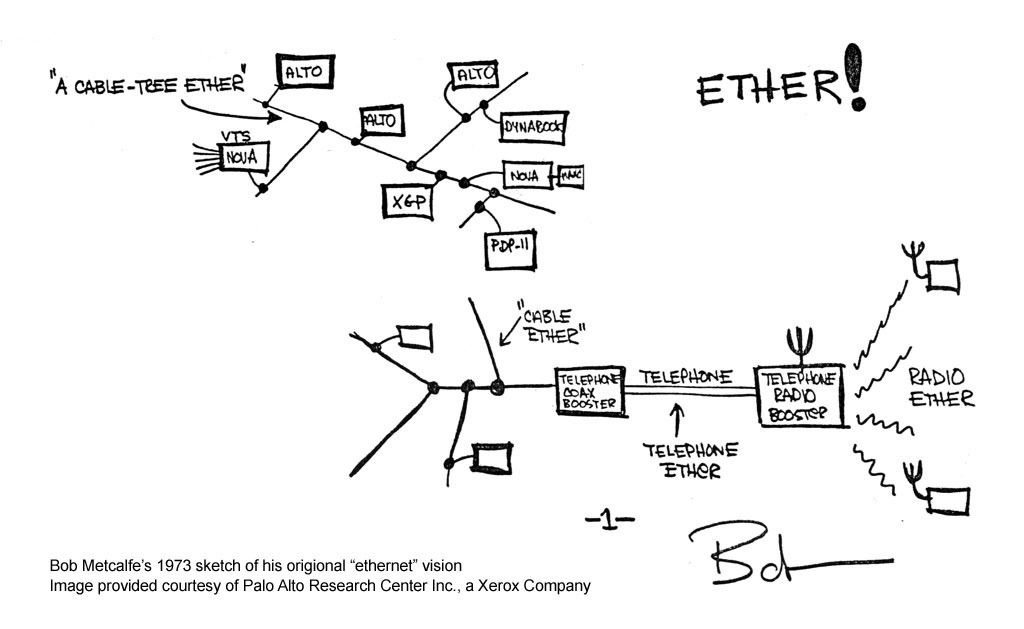 Figure 1: Original Ethernet Vision by Bob Metcalf from 1972
Figure 1: Original Ethernet Vision by Bob Metcalf from 1972
The initial ambition with the suggested interconnect scheme, was to provide a shared access to a printer from a pool of computers, see Figure 2. As we all know now, Ethernet has in the past 40+ years evolved to be much more than that!
 Figure 2: Early Ethernet Sketch by Bob Metcalfe from the mid 70’s
Figure 2: Early Ethernet Sketch by Bob Metcalfe from the mid 70’s
Figure 3: Ethernet Link Speed Standardization Timeline
The link speed operated in the first PARC Xerox implementation was a staggering 3Mbps on a shared coaxial media. The path to a broad acceptance and mass deployment was secured in 1983 when an IEEE workgroup was set . This workgroup is called 802.3 and is responsible for the standardization of optical fiber and copper media for various link speeds. Figure 3shows the standardization timeline initiated by the 10Mbps link speed in 1983 evolving through 100Mbps, GbE, 10GbE, 40GbE, 100GbE to 400GbE including future 50GbE and 200GbE speeds. Historically, the technologies deployed in the different Ethernet generations have been reused from other standards as with the Fiber Channel for the GbE generation.
NEW RULES AND THE ONGOING EVOLUTION
The standardization in 2010 of a 40GbE standard marked the start of a new era in the Ethernet ecosystem, as it broke the previously applied “rule” that the next generation link speed was 10x the previous speeds. The 40GbE standard simply deployed the already available 10Gbps transceiver technology from 10GbE on 4 channels, marking the beginning of the QSFP track QSFP -> QSFP+ -> QSFP28 ->. To learn more about QSFP see Figure 4.
The introduction of the 4 channel 100GbE standard in 2015 called for the development of new 25Gbps transceiver technology. This was deployed for the first time with the CFP4 form factor and later in the QSFP28.

Figure 4: Gigabit Ethernet Link Speed Timeline for Parallel and Serial Module Form Factors
The shift from the previous 10x link speed increase between neighboring link speed standards was a major change for IEEE, but this was nothing compared to what was to come. With the introduction of the new 25Gbps transceiver technology, major players representing the full value chain from the device vendors to service providers, formed an industry consortium promoting the use of the new 25Gbps transceiver technology in a single channel 25GbE Ethernet standard. They also promote a dual channel 50GbE Ethernet standard, see Figure 5 below. The clear ambition with the new initiative was to bypass the IEEE bureaucracy and quickly “help themselves” to low cost technology that, by simple means, would increase the bandwidths of existing datacenter fiber infrastructure. A truly revolutionary move that has never been seen before in the Ethernet “universe” and has been eye opener for IEEE.
Figure 5: 25G/50G Ethernet Consortium Members
APPLIED ETHERNET
The front port form factor on Napatech FPGA SmartNICs are carefully selected from the following prioritized criteria’s:
- Performance. Supports best in class bit error performance
- Most agnostic. Are supported by major vendors for the broadest range of port types
- Price. The form factors have a competitive price, securing an attractive cost point for the end product
The above points lead to increased return on investment from the qualification effort with the customer, as a given Napatech platform can be reused in a lot of different port type use cases in the end application. Additionally, with coming FPGA support for transceiver features required by the latest Ethernet link speeds, 25Gbps NRZ for the 100GbE Ethernet generation and 50Gbps PAM4 for the 200GbE and 400GbE Ethernet generations, future Napatech platform qualifications could even gain the customer access to link speed support across the complete gigabit Ethernet speed range, 1GbE to 400GE on the same platform. The new QSFP-DD form factor, currently under definition by a powerful industry consortium, enables just that, see Figure 6.
Figure 6: QSFP-DD Pluggable Versus QFFP/QSFP+/QSFP28
WHAT DOES THE FUTURE HOLD?
The technical ingredients required to support the breathtaking TbE link speed “landmark” are yet to be defined, but make no mistake the world of Ethernet will take us there one way or another – it’s only a matter of time.
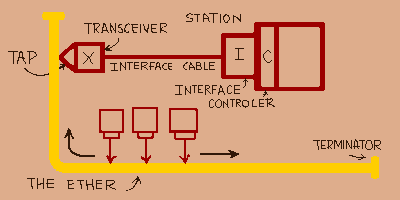 Figure 2: Early Ethernet Sketch by Bob Metcalfe from the mid 70’s
Figure 2: Early Ethernet Sketch by Bob Metcalfe from the mid 70’s